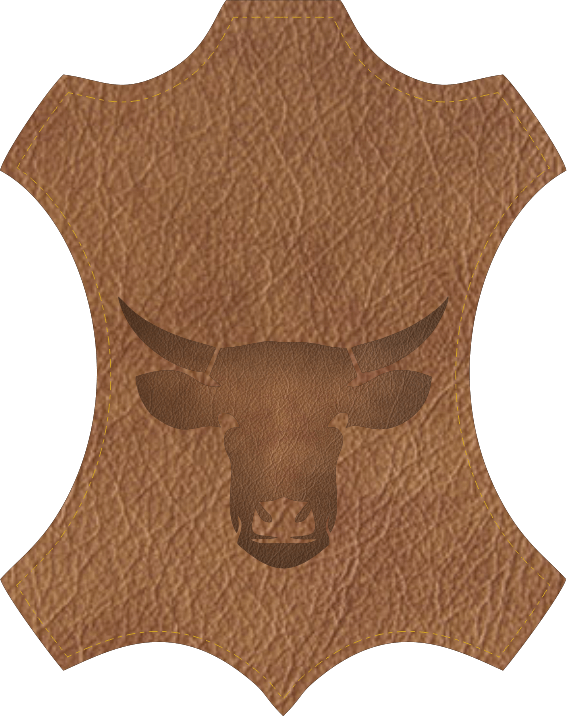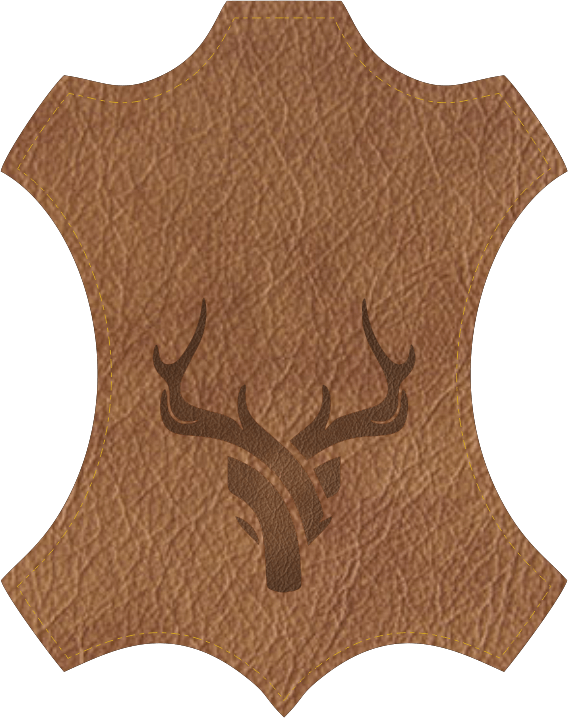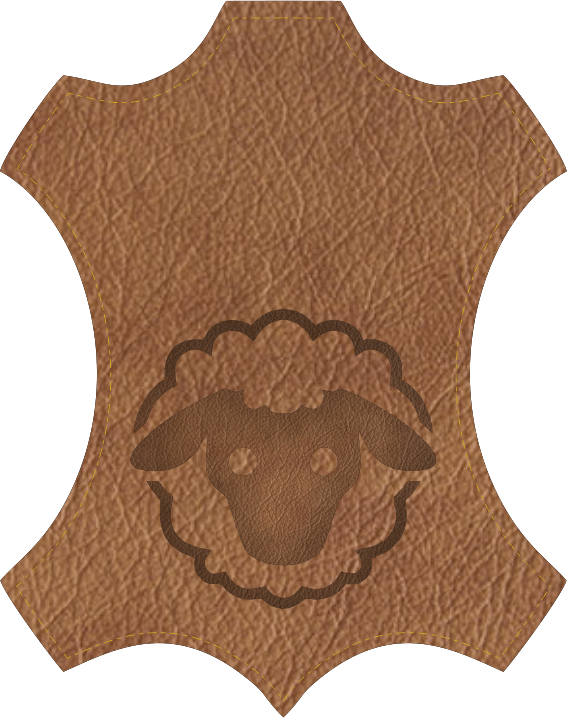
Leathers
Types of Leathers
Leather gloves are a favorite among workers in various industries because of the material’s durability, lifespan and abrasion resistance. The quality of leather varies greatly. You have most likely seen different labels on leather items, such as top grain or split. These are simply different types of leathers based on their quality.

Cowhide is the most common and popular type of leather found in work gloves due to its availability, durability, excellent abrasion resistance and heat resistance

Deerskin leather is naturally soft and flexible and offers excellent dexterity. Deerskin dries softer than cowhide leather and will remain flexible after being wet and dried.

Sheep leather are generally softer and are very smooth to the touch and flame retardant. It offers the luxury of lightweight and supple comfort when you wear it.

Goatskin leather offers the most dexterity when compared to cow leather. It has the greatest tensile strength. The natural lanolin in the skin makes the gloves very flexible, waterproof and abrasion resistant.

Buffalo leather “grain” is more pronounced. The fibers are thicker and more widely-spaced which provides strength and flexibility. It has high resistance to ripping and it is flame resistant and will not readily burn or melt.

Horsehide has a high level of natural water repellency which is only bolstered by the tanning process, and its tough composition makes it resistant to stretching or losing its shape.

Full Grain Leather
Full grain leather comes from the top layer of the hide. It includes all the grain with it – hence the name full grain leather. This type of leather retains the inherent toughness, as well as the imperfections because there are no surface alterations or splitting. It is the highest quality leather and also the most expensive.
Top Grain Leather
Split Leather
Split leather is produced using the skin layers that remain after the top is split off and from the corium predominantly. Split leather tends to be tougher in texture due to the fact that is resides under the top layers and is mostly used in applications that don’t require the leather to be soft.
TAINING PROCESS




